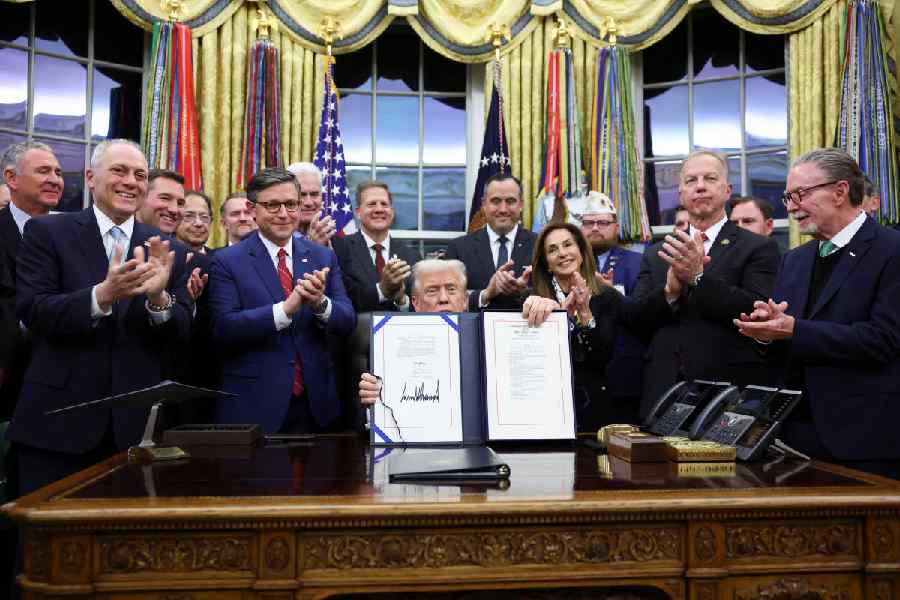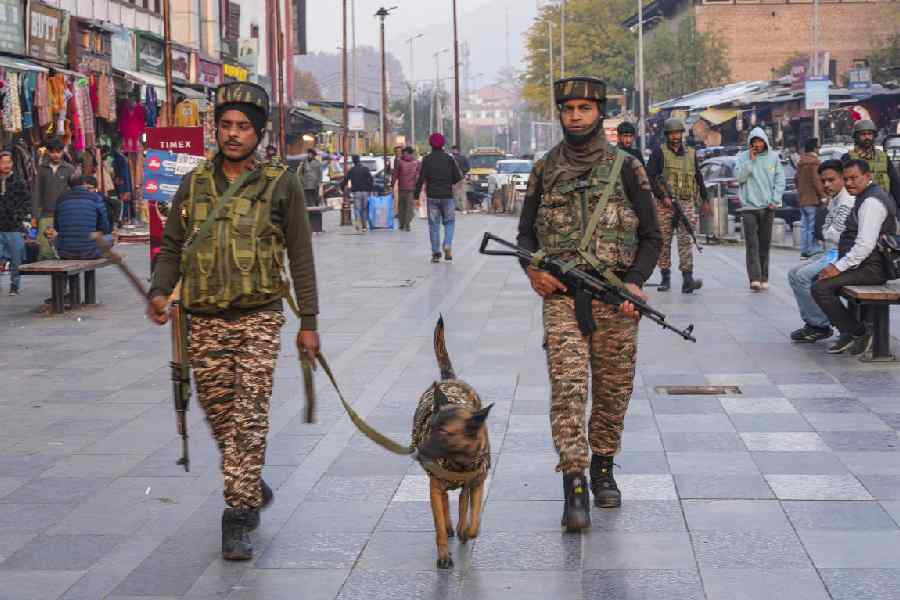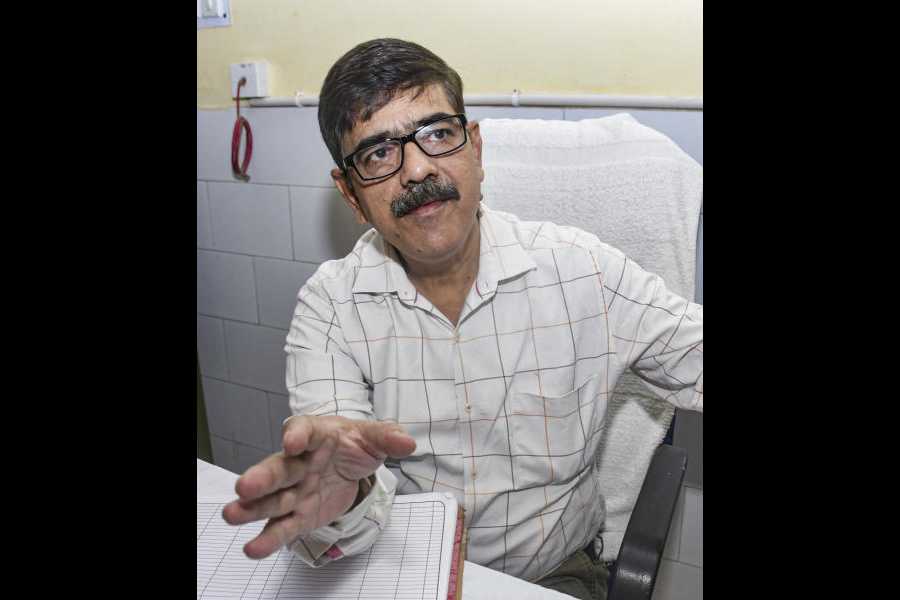 |
| A Naga troupe at the Hornbill Festival. File picture |
Jorhat, March 19: A first-of-its-kind dictionary in Nagamese, compiled by a linguist who has been researching various aspects of the language for over three decades, is all set to be published.
Bhimkanta Boruah, professor in the department of Assamese, Dibrugarh University, will publish the Nagamese lexicon, which will have meanings in English and Assamese. Each word will also mention grammatical category, pronunciation and etymological background.
Boruah, who has a PhD in Nagamese Creole language, told The Telegraph today he had initiated the project about four years back with funding from the University Grants Commission (UGC).
Nagamese is a mix of mainly Assamese and languages spoken by 16 major Naga communities in Nagaland and it also includes words from English, Hindi, Bengali, and Nepali. The language is written in Roman script.
Nagamese has evolved in the last few centuries as a link language between the Naga communities and it is also used in some places as a form of communication between the people of Nagaland and Assam. Nagamese developed as a link language because dialects of the different Naga communities vary from each other and the same is the case between the languages spoken by the people in Assam and Nagaland.
Boruah said after carrying out research by travelling to different parts of Nagaland and holding discussions with a number of prominent scholars from the neighbouring state, the compiling process was completed, with the lexicon having over 10,000 select Nagamese words. The dictionary comprises over 400 pages.
“I hope within the next three months the dictionary will be in the market,” Boruah said. He said depending upon the response to the proposed lexicon, he would decide whether to continue further research to bring out more volumes.
He hoped the proposed dictionary would be able to promote and improve the ties between the people of Assam and Nagaland. “Nagamese is a natural product that has emerged out of the deep ties between the Assamese and Nagas since centuries and has an important place in Naga society,” Boruah said.
Speaking about how he was drawn towards Nagamese during his student days in Dibrugarh University, Boruah said he developed an interest in the language from his interactions with the students from Nagaland. While he was studying for MA, the professor brought out a paper on the theme Nagamese Language: A Descriptive Analysis, after visiting several districts of Nagaland. He submitted the work to the university.
In 1985, he wrote the first-ever grammar book on Nagamese, Nagamese: Kothaloga Niyom, on the request of the Nagaland government, which funded the book that was published by Asam Sahitya Sabha. He has also authored a primer in Nagamese for children — Batsa Path — and also penned a book on the language in Assamese called Nagamese Bhasar Udhab Aru Bikash. He has submitted a paper on the language at Mahidole University in Thailand, where a workshop was organised by the Pan-Asiatic Society a few years ago.
Yanger Lemba, former vice-principal of People’s College, Mokokchung, who has been doing research on Naga history, said the proposed Nagamese lexicon would be of great use for Naga society and boost ties between the neighbouring states.
“The dictionary is a noble initiative which will help the Naga society and also strengthen the relations between the people of both states,” Lemba said.










